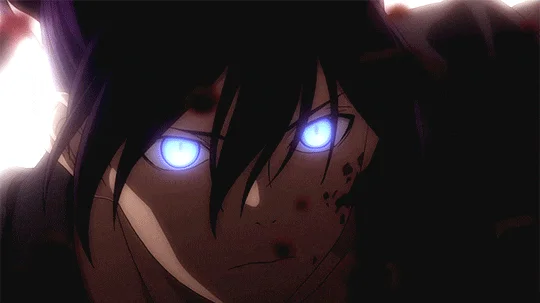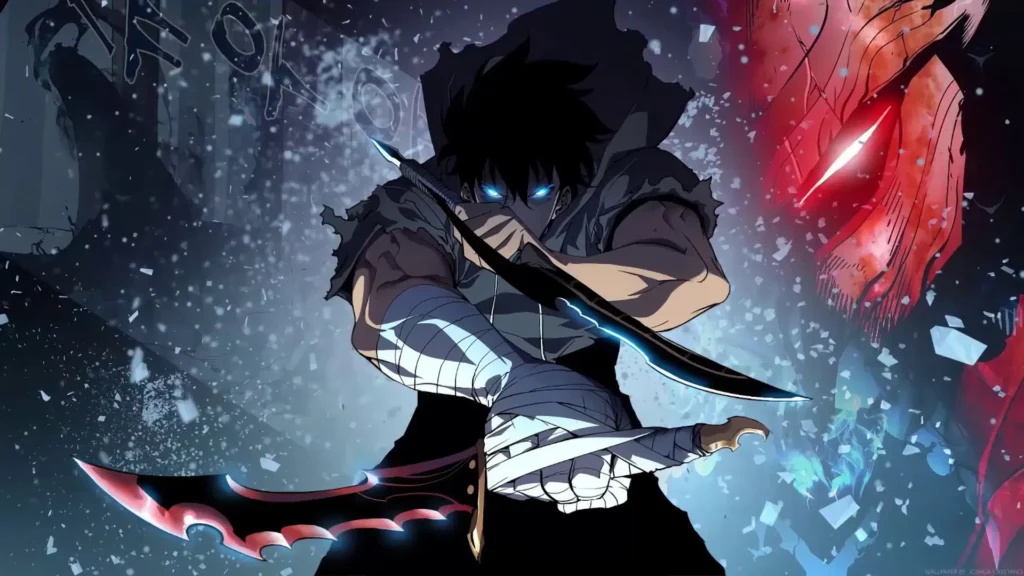What is it about manga that enthralls millions of readers worldwide? Is it the captivating storytelling, the intricate artwork, or the diverse range of genres? As we embark on this journey through the world of manga, we’ll unravel the mystique surrounding Japanese comics and delve into their profound impact on global culture.
I. Understanding Manga: A Brief Overview
Manga, the Japanese term for comics or graphic novels, has a rich and storied history dating back to the 12th century. Originally influenced by traditional Japanese art forms such as ukiyo-e, manga has evolved into a dynamic medium with its unique visual style and narrative techniques. From its humble beginnings as a form of entertainment for children and adults alike, manga has grown into a global phenomenon, captivating readers of all ages and backgrounds.
II. Exploring Different Genres of Manga

One of the most fascinating aspects of manga is its diverse range of genres, each catering to different tastes and interests. From action-packed shonen series to heartwarming shojo romances, there’s a manga for everyone. Let’s take a closer look at some of the most popular genres:
Shonen: Known for its high-energy action scenes, epic battles, and courageous protagonists, shonen manga is a favorite among young male readers.
Shojo: Shojo manga focuses on themes of romance, friendship, and self-discovery, often featuring strong female characters and emotionally resonant storylines.
Seinen: Targeted at adult male audiences, seinen manga explores mature themes such as politics, crime, and existentialism, with complex characters and thought-provoking narratives.
Josei: Similar to seinen manga but aimed at adult female readers, josei manga delves into the complexities of women’s lives, relationships, and careers, offering realistic and relatable portrayals of female protagonists.
Kodomo: Designed for children, kodomo manga is characterized by its colorful artwork, playful storytelling, and whimsical characters, making it ideal for young readers.
Isekai: A popular subgenre of fantasy manga, isekai transports characters to otherworldly realms and adventures, often featuring elements of magic, monsters, and alternate realities.
III. The Art of Manga: Visual Style and Storytelling Techniques

At the heart of manga lies its distinctive visual style, characterized by its expressive characters, dynamic action scenes, and intricate linework. Manga artists, or mangaka, employ a variety of storytelling techniques to engage readers and convey emotion, from panel layout and composition to the use of symbolism and visual metaphors. By mastering these techniques, mangaka can create immersive worlds and compelling narratives that keep readers coming back for more.
IV. The Influence of Manga on Pop Culture and Society
Manga’s influence extends far beyond the pages of comic books, permeating every aspect of popular culture and society. From blockbuster anime adaptations to fashion trends and merchandise, manga has left an indelible mark on global entertainment. Its themes of friendship, love, and self-discovery resonate with readers of all ages, while its diverse characters and stories promote empathy, understanding, and acceptance. In Japan, manga plays a central role in shaping cultural identity and national pride, with iconic series like “Astro Boy” and “Dragon Ball” becoming symbols of Japanese pop culture worldwide.
V. The Role of Manga in Japanese Society and History

In Japan, manga is more than just a form of entertainment – it’s a cultural institution with deep roots in history and society. From its origins as a form of mass media during the Edo period to its role in shaping modern Japanese identity, manga has reflected and influenced social, political, and economic trends throughout history. Today, manga continues to serve as a platform for social commentary and cultural critique, addressing issues ranging from gender equality to environmental sustainability.
VI. The Global Appeal of Manga: Why It Resonates With Readers Worldwide
Despite its origins in Japan, manga has transcended cultural boundaries to become a global phenomenon, beloved by readers of all ages and backgrounds. Its universal themes of friendship, love, and heroism resonate with readers around the world, while its diverse characters and stories offer a window into Japanese culture and society. Thanks to advances in digital technology and translation, manga is now more accessible than ever, with fans from every corner of the globe coming together to celebrate their love of Japanese comics.
VII. The Future of Manga: Trends, Innovations, and Challenges

As we look to the future, manga continues to evolve and adapt to changing tastes and technologies. From digital distribution platforms to webcomics and virtual reality experiences, manga is embracing new mediums and formats to reach readers in innovative ways. At the same time, manga faces challenges such as piracy, declining sales, and changing reader demographics, prompting publishers and creators to explore new business models and distribution channels. Despite these challenges, the enduring popularity of manga remains a testament to its enduring appeal and cultural significance.
Conclusion:
In conclusion, manga is more than just a form of entertainment – it’s a cultural phenomenon that has captivated readers around the world for generations. With its rich storytelling, vibrant artwork, and diverse range of genres, manga offers something for everyone, from action-packed adventures to heartfelt romances. As we continue to explore the world of manga, let us celebrate its rich history, embrace its cultural diversity, and look forward to a future filled with even more captivating stories and unforgettable characters.

